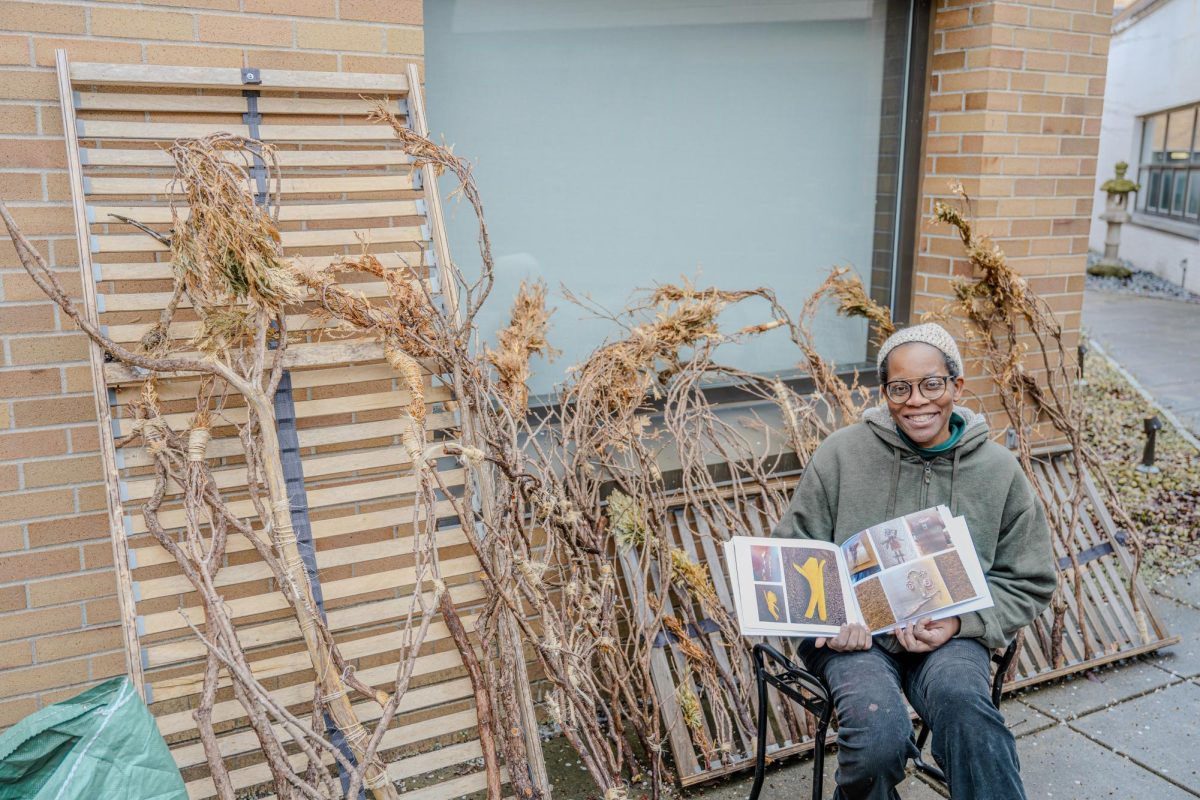By Tom Heinen MCT
RIPON, Wis. – Using a hidden video camera and a wireless microphone, two Ripon College students have gone beyond asking “What would Jesus do?” to find out what impact his parables are having on everyday people after nearly 2,000 years.
Their experiments show that even in a cozy Midwestern community of 14 churches and nearly 7,570 residents, it isn’t a slam dunk for Jesus.
“It’s quite revealing,” said Brian Smith, the students’ religion professor. “It’s one thing to say, ‘I’m a believer. I go to church.’ It’s another thing to measure the behavior … when they have to react to people in society and see them face to face.”
Students Drew Davis and Chris Rydz recorded the action as they dropped envelopes of money in a Pick ‘n Save grocery store, posed a fellow student as a low-key beggar outside a church on a Sunday morning and had a student lie face-down on the ground between the campus and local bars, pretending to be unconscious, on a bitter-cold night.
Davis and Rydz, who did the thesis project for a senior seminar, focused on the parable of the good Samaritan – an unlikely aid-giver who helps a man injured by robbers after others pass him by – and on Jesus’ teaching that people cannot serve two masters, God and wealth.
Several professed Christians paused and walked past the collapsed man instead of checking him or summoning help. Two girls who quickly walked to the other side of the street about 11:15 p.m. – both members of the Christian Campus Fellowship – later said they were nervous and probably would have alerted a resident assistant in their dorm.
Two students who are emergency medical technicians stopped.
The most compassionate of those who tried to help? A group of drunken students.
On a windy Sunday morning, about half the people entering Immanuel United Methodist Church said hello to a meek-looking young man who gripped a sign that read: “Just laid off. Looking for some help.” But only two spoke with him further, invited him inside out of the cold and offered him other help. Two or three others alerted the pastor, the Rev. Paul Nulton, who had been clued in to the experiment.
Nulton said his wife’s first thought upon seeing the sign holder was that this was a student’s project.
When Davis and Rydz planted “lost” bank envelopes with up to $50 in cash on the floor of the Pick ‘n Save, all 15 people – 14 Lutherans and one atheist – in the grocery aisles turned in the money to the customer service desk.
But when the students tried the experiment in the liquor section’s beer aisle, five out of 10 shoppers walked out of the store with the money. Some did it on Good Friday. All did it even though the envelopes had a protruding to-do list whose first item was “Take Mom to chemotherapy.”
Those who were willing to talk when they were stopped outside the store said that they were Christians, including a group of three Lutheran women in their 20s or 30s. Most were embarrassed, and some were defensive, Davis and Rydz said.
One woman in her 50s or 60s, who said she was Christian but did not identify a denomination, said she kept the envelope because it didn’t contain a name and would be easy for anyone to claim, and that she might as well be the one. Davis said she very reluctantly returned the money after he told her he could identify the bills’ serial numbers.


















